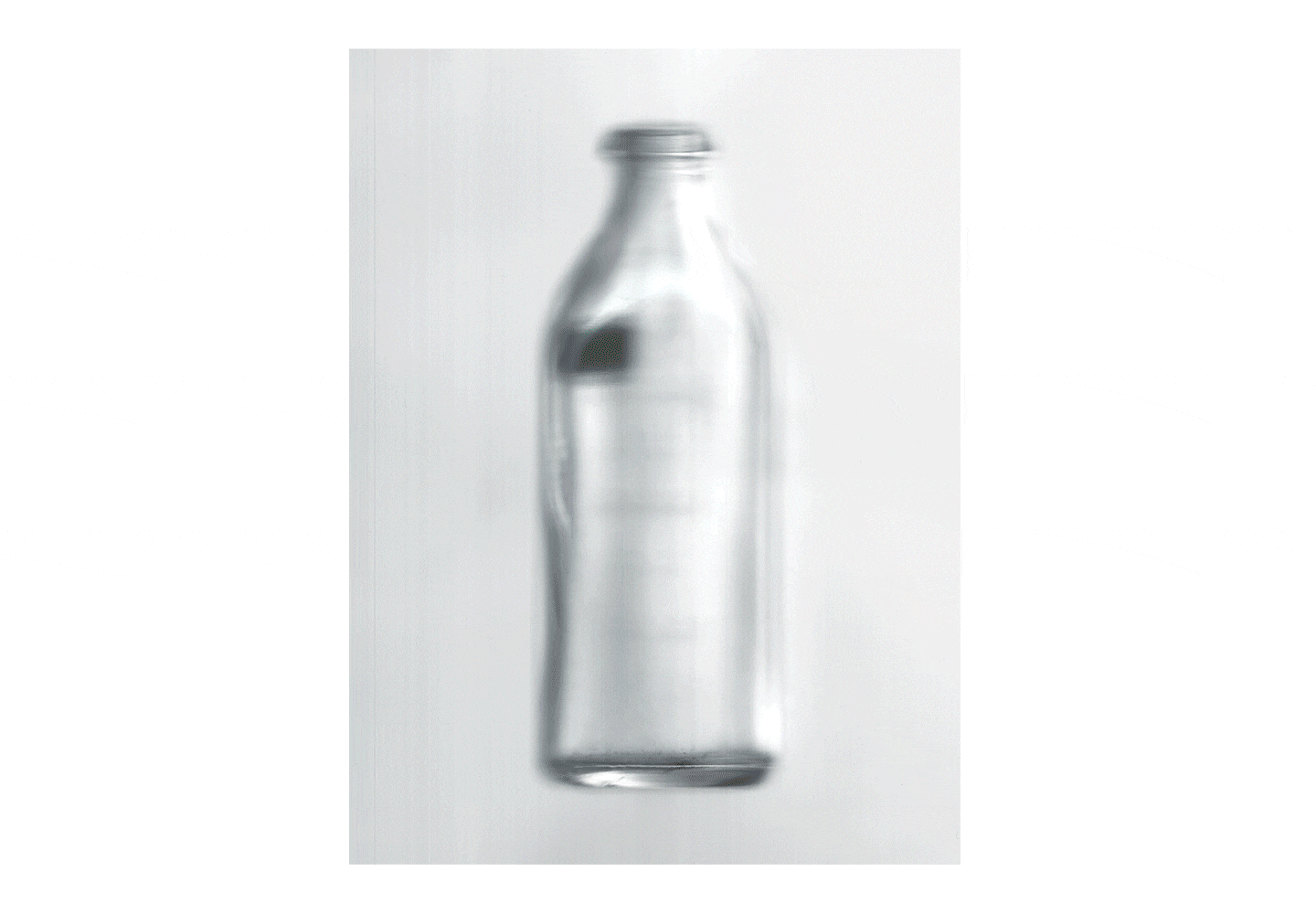Press Release
HERE: Ann Hamilton, Jenny Holzer, Maya Lin marks the 30th anniversary of the Wexner Center for the Arts by celebrating the work of three artists who have helped define the very contours of contemporary art. Through contemplative yet distinct formal vocabularies, the featured works cultivate new connections to our surroundings, filling the galleries while activating spaces beyond with components outdoors, across Ohio State’s campus, and around the community.

International Archives 2nd half of 2019
Ann Hamilton, Jenny Holtzer, Maya Lin - HERE
Wexner Centre for the Arts, Colombus (USA)
09.09 - 29.12.2019


© ArtCatalyse International / Marika Prévosto 2019. All Rights Reserved
Though the works of Ann Hamilton, Jenny Holzer, and Maya Lin appear outwardly dissimilar, there are commonalities among the artists. All three were born in Ohio between 1950 and 1959. Each was formatively shaped by that time and place and has reflected on how these influences persist in the present. All have made spaces assembling some combination of materials, actions, or language, infusing them with resonance and memory, both collective and personal.
In Hamilton’s new work, when an object reaches for your hand, she considers the seemingly ineffable felt quality of objects and their agencies. The core of the installation continues an ongoing project in which Hamilton “images” objects found in friends’ homes and in institutional collections. These appear in prints that are presented as book-
Holzer’s gallery walls are obscured by the dense saturation of two of her printed poster series, Truisms and Inflammatory Essays. Amid the Truisms, a circle of weighty marble benches recalls those used in public memorials and parks. Engraved into the marble are fragments of poems from Building the Barricade by Polish poet Anna Świrszczyńska (aka Anna Swir), detailing Swir’s memories of the resistance in Warsaw during World War II. Through their language of violence, oppression, power, war, and death, the benches serve as a cautionary tale for current and future generations. Atop the Inflammatory Essays, an LED work scrolls in blue, linking the galleries with the visual vocabulary of tickers and screens Holzer programmed throughout the city.
Language ties these projects to the concept of HERE. In her text-
Lin, whose Groundswell (1993) is the only permanent artwork installed outdoors at the Wex, points to place as one interpretive dimension of HERE, demonstrated by large-
In How Does A River Overflow Its Banks?, Lin recasts the footprint of a 2018 flood at the convergence of the Ohio and Wabash Rivers using hundreds of thousands of industrial glass marbles. Lin points to this example of the state’s long and terrible history of Ohio River Basin flooding to urge us to more fully grasp the true scale and power of the river system.
HERE provides a glimpse into the enduring histories and artistic practices of these three artists within the context of the Wexner Center, whose fundamental mandate, like that of Hamilton, Holzer, and Lin, has remained consistent: to actively respond to the world that surrounds it.
Exhibition September 09 -

[1] Ann Hamilton, when an object reaches for your hand, The Ohio State University, Health Sciences Library, Medical Heritage Center, Wexner Center for the Arts and Thompson Library, 2019/20. Courtesy of the Ann Hamilton Studio. [2] Jenny Holzer, from Inflammatory Essays (1979-